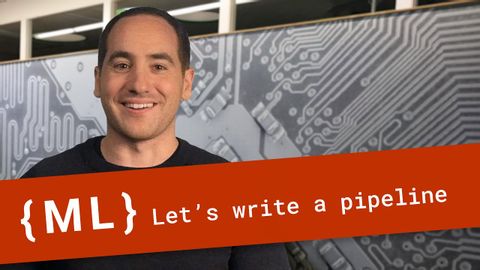パイプラインを書こう - 機械学習レシピ #4 (Let’s Write a Pipeline - Machine Learning Recipes #4)
scu.louis が 2021 年 01 月 14 日 に投稿  この条件に一致する単語はありません
この条件に一致する単語はありませんUS /ˈɛpɪˌsod/
・
UK /'epɪsəʊd/
US /səˈfɪstɪˌketɪd/
・
UK /səˈfɪstɪkeɪtɪd/
- adj.話をより複雑にする;洗練された
- v.t.洗練させた
- v.t.(報いや賞などを受けるに)値する : ~の価値がある
US /ɪkˈspɛrəmənt/
・
UK /ɪk'sperɪmənt/
- n. (c./u.)実験;試み
- v.t./i.実験をする;試みる
エネルギーを使用
すべての単語を解除
発音・解説・フィルター機能を解除

